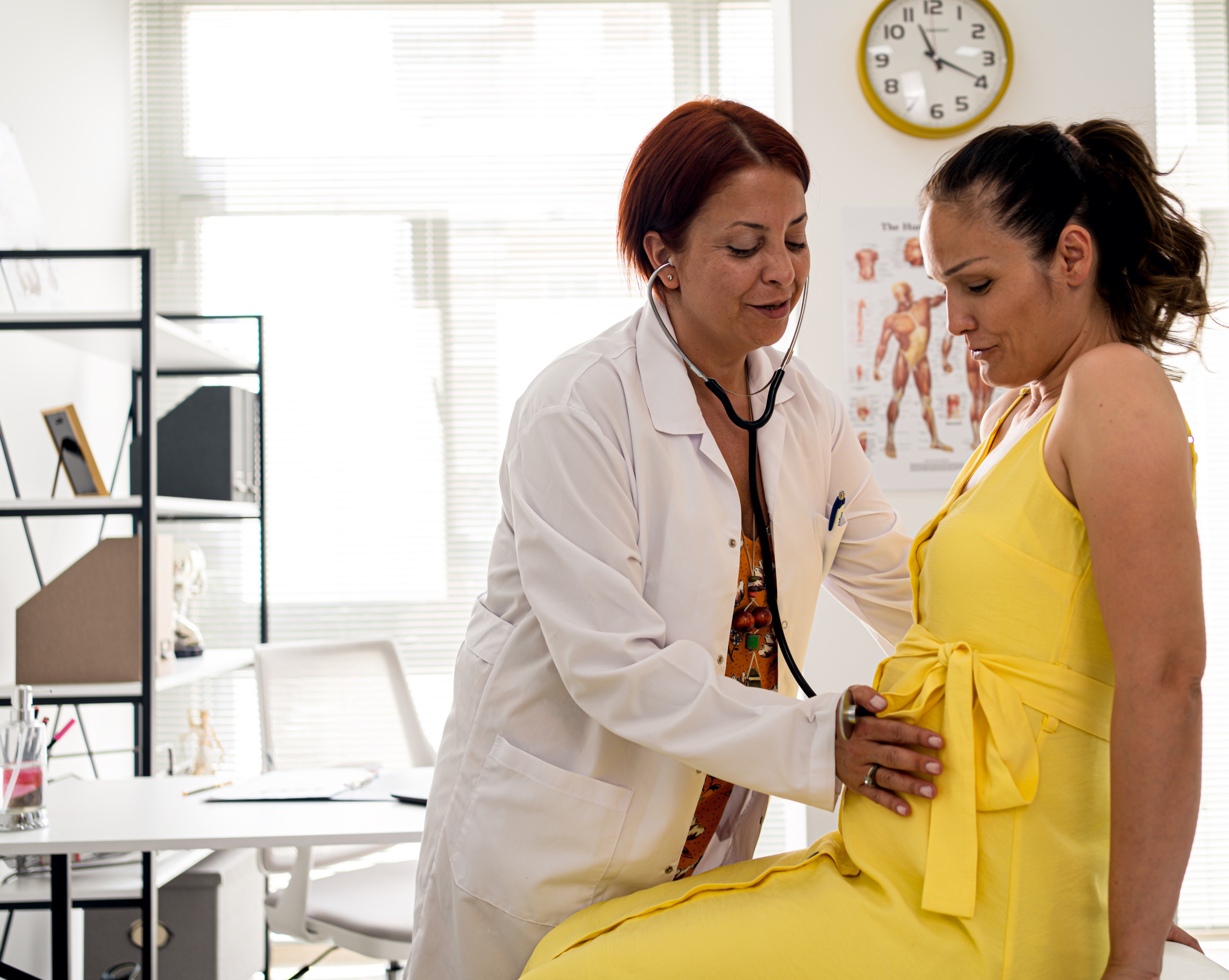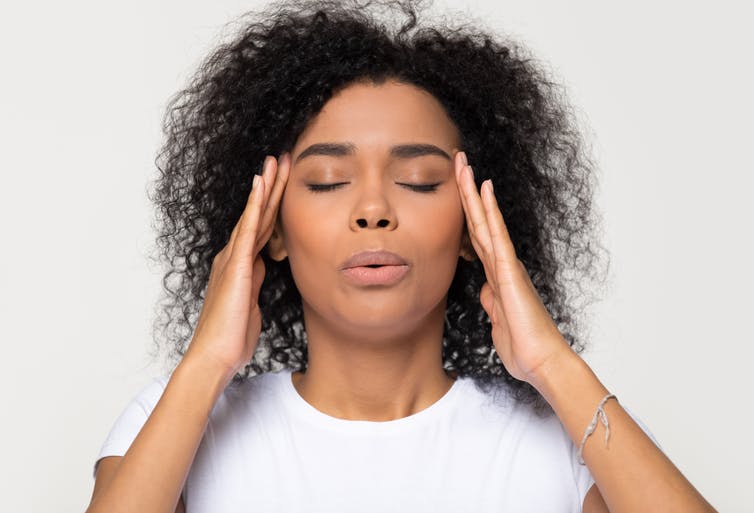More than 60 million Americans experience heartburn, also known as gastroesophageal reflux disease (GERD), at least once a month, and some studies suggest that more than 15 million Americans experience it daily.
We’re talking about the backward flow or regurgitation of stomach contents passing up into the esophagus. (My apologies if you’re reading this while eating lunch….)
For women, the first experience with heartburn is often during pregnancy. In fact, studies suggest that more than 50 percent of pregnant women will experience GERD symptoms during pregnancy. This is due to pregnancy-related hormones and pressure from the growing fetus. Symptoms of heartburn resolve in most of these women after delivery of the baby.
Acid is produced in the stomach every day. Normally, a small amount of it passes into the esophagus through a valve called the lower esophageal sphincter. When the frequency or amount of acid in contact with the esophagus increases, symptoms and damage to the esophagus can occur.
Self-Test
Here’s a simple self-test from the American College of Gastroenterology (ACG). Test yourself to see if you have acid reflux symptoms and might be suffering from GERD:
|
1. Do you frequently have one or more of the following? • An uncomfortable feeling behind the breastbone that seems to be |
Yes |
No |
|
2. Do you often experience these problems after meals? |
Yes |
No |
|
3. Do you experience heartburn or acid indigestion two or more times |
Yes |
No |
|
4. Do you find that antacids provide temporary relief from your symptoms? |
Yes |
No |
|
5. Are you taking prescription medication to treat heartburn, |
Yes |
No |
If you said yes to two or more of the above questions, you may have GERD. To know for sure, see your doctor or a gastrointestinal specialist. For more information, visit the ACG website.
GERD Triggers
In addition to pregnancy, here are some common triggers of GERD.
|
• Eating a large, especially fatty meal • Tomato sauces (pasta and pizza • Lying down after a meal • Chocolate, peppermint • Coffee and tea • Smoking • Alcohol and carbonated beverages • Some muscle relaxers and blood-pressure medicines • Excess weight |
Kathy Sena is a freelance writer.






